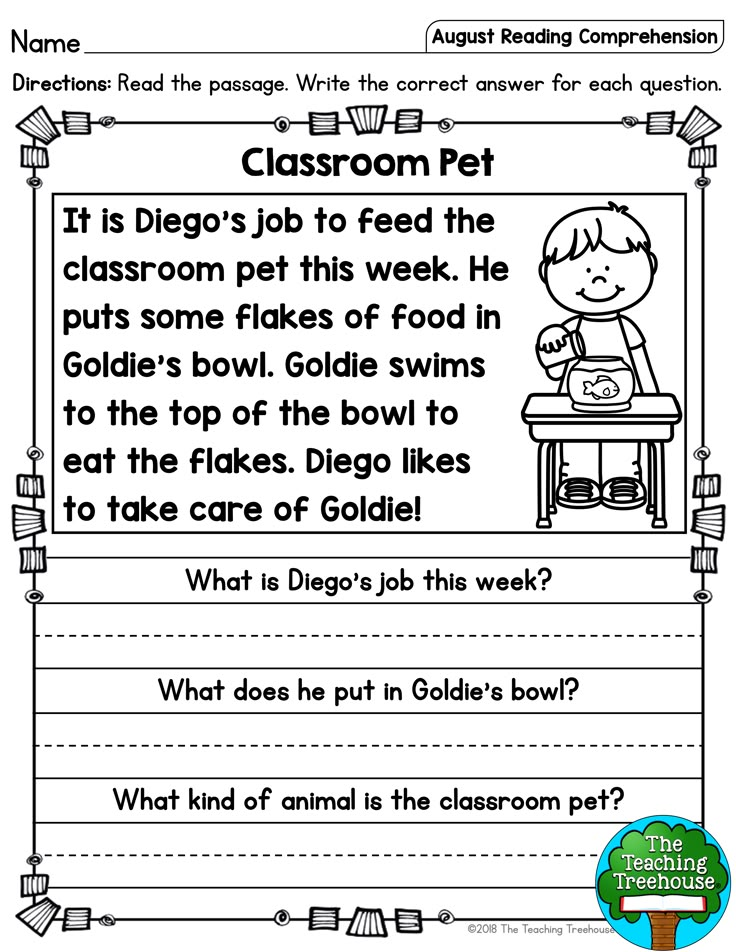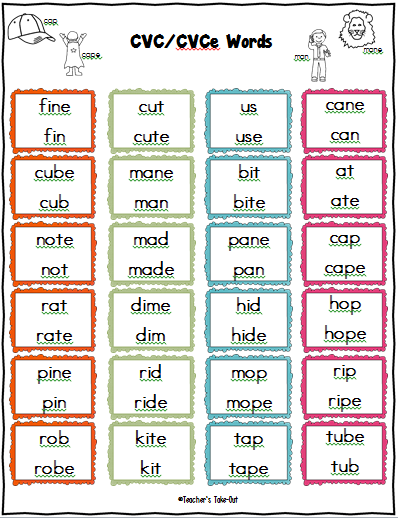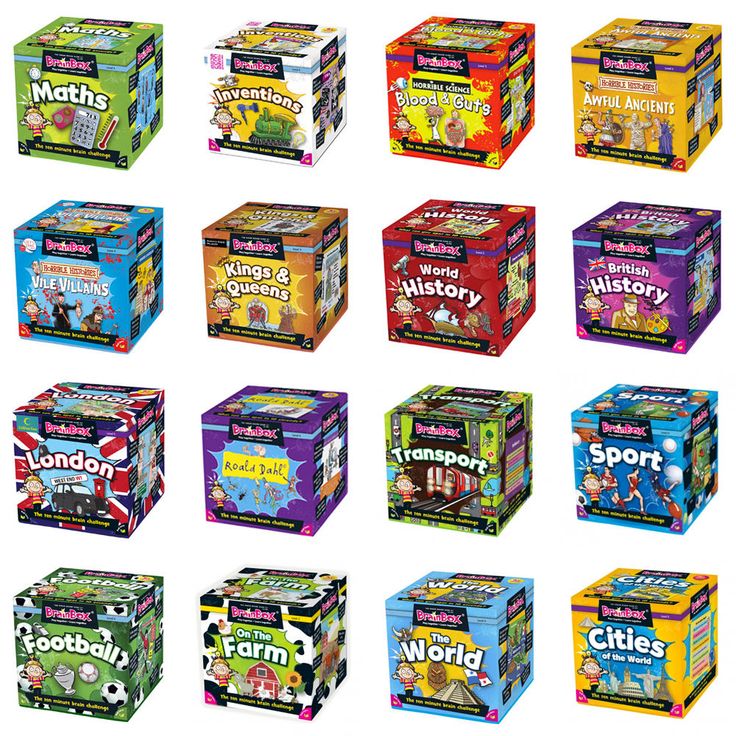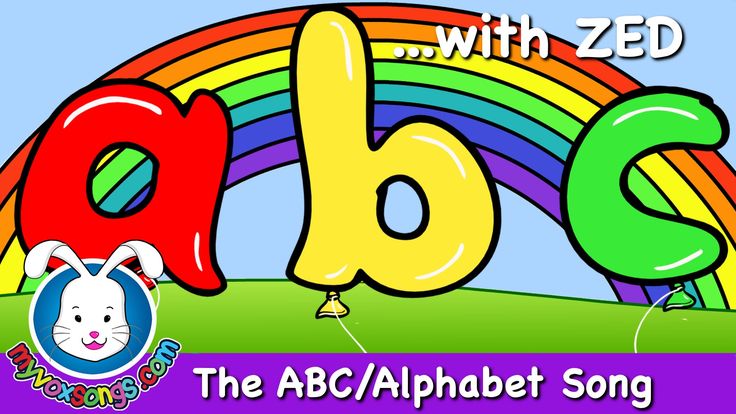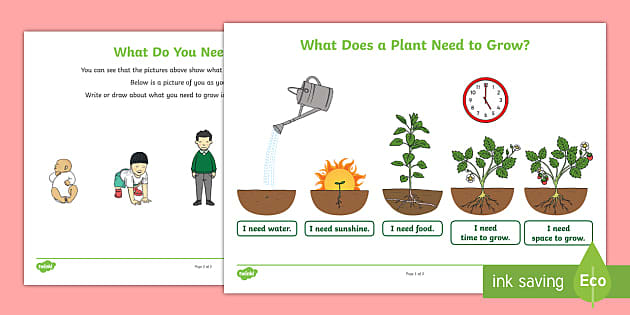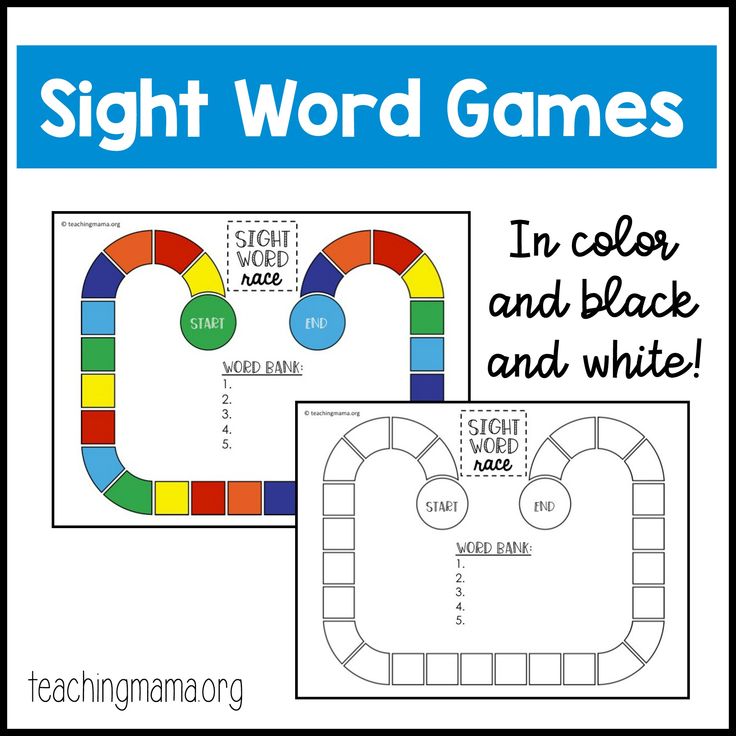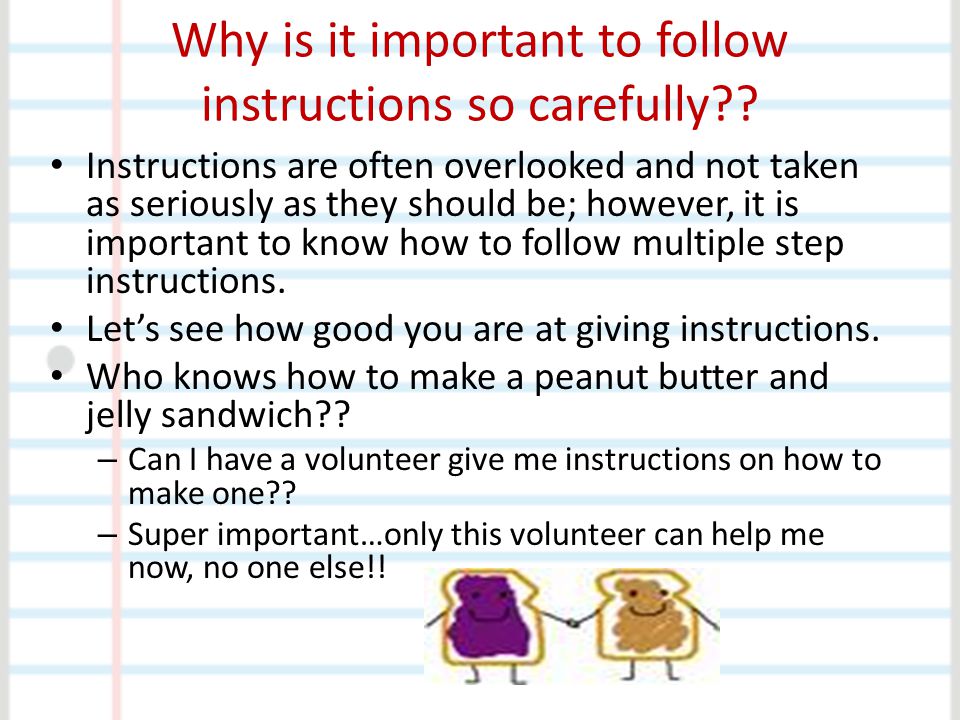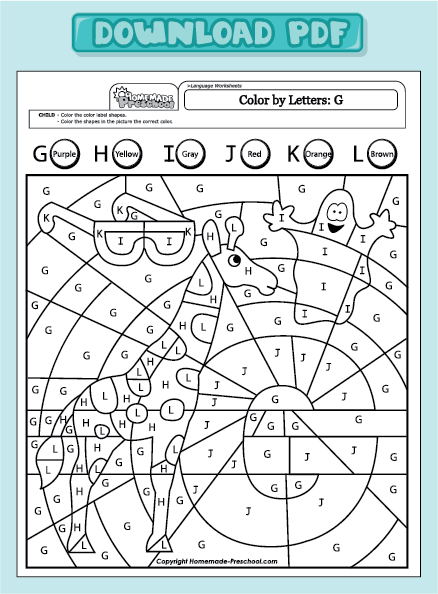How to help children with reading comprehension
How to Help Your Child With Reading Comprehension
What helps kids understand what they read? Being an active reader is key. That means focusing on the text, questioning it, and taking mental notes. You can work on these skills with your child at home. Use these seven tips to help improve your child’s reading comprehension.
1. Make connections.
When kids connect what they already know to what they read, it helps them focus. Show your child how to make connections when you read aloud. If a book mentions places you’ve been to with your child, talk about those memories. Then have your child give it a try.
2. Ask questions.
Asking questions encourages kids to look for clues in the text. When you read together, ask questions to spark your child’s curiosity. Ask things like “What do you think will happen?” or “How is that character feeling?”
3. Make “mind movies.”
Visualizing helps bring a story to life. That’s where mind movies come in. When you read with your child, describe what the scene looks like in your head. Talk about how it makes you feel. You can use other senses, too. For example, if the scene takes place outside, what does it smell like?
Then invite your child to make a mind movie, too. Point out how your child’s movie is different from yours. If your child likes to draw or color, encourage your child to make a picture of the scene, too.
4. Look for clues.
When you combine what you already know with clues from a story, you can make guesses or predictions. These are inferences. And making them is a great way to build reading comprehension.
For example, when we read “Kim’s eyes were red and nose was runny,” we can infer that Kim has a cold or allergies. Help your child do this as you read. If a character is wearing gym clothes and sweating, ask your child what the character might have been doing before.
5. Figure out what’s important.
Ask your child: Who are the main characters? What’s the most important thing that has happened in the story so far? What problem are the characters trying to solve? When kids can point out what’s important, they’re more likely to understand what they read.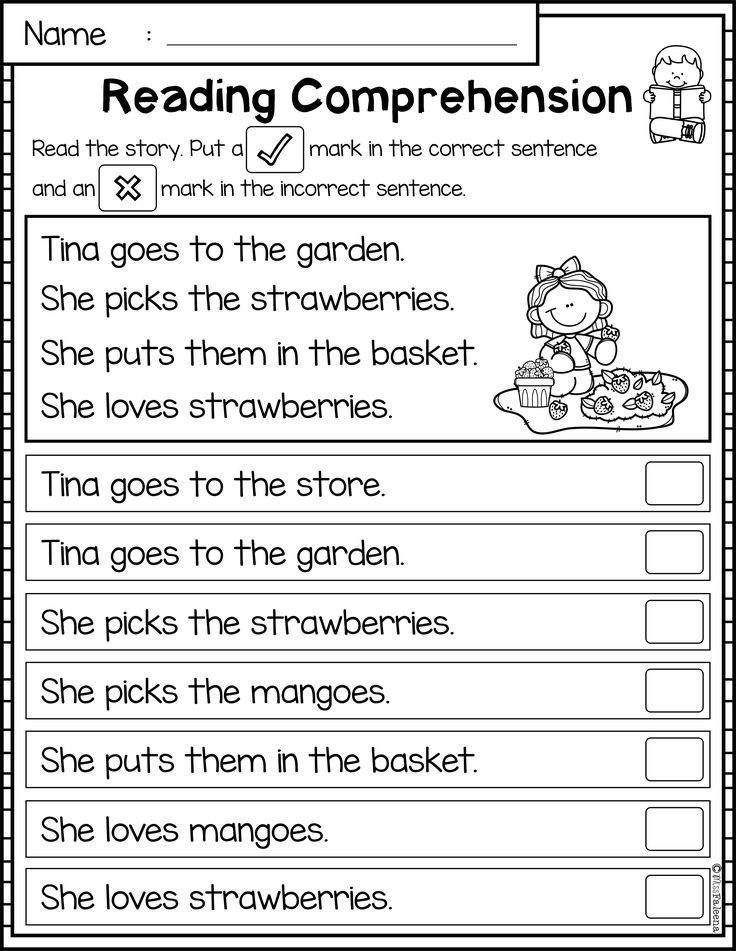
Your child can also use a tool called a graphic organizer to do this. A “story element” organizer keeps track of the main characters, where the story is taking place, and the problem and solution of the story.
6. Check understanding.
It helps to encourage kids to stop and ask themselves, “Is this making sense?” If your child gets stuck, suggest rereading the part that didn’t make sense. What about it was confusing? Were there specific words that tripped your child up?
7. Try new things.
The more kids know about the world, the more they can get meaning out of what they read. You don’t have to take an expensive trip or go to a museum to do this, though. You can expand kids’ background knowledge and vocabulary in lots of ways.
Shooting hoops or watching a baseball game can help your child connect more with books about sports. Riding the subway might make your child interested in books that take place in big cities.
Even with these tips, some kids still have a hard time understanding what they read. Learn more about how to help your child with reading. And get an expert’s take on why kids may have trouble understanding or remembering what they read.
Learn more about how to help your child with reading. And get an expert’s take on why kids may have trouble understanding or remembering what they read.
How To Improve Reading Comprehension For Kids
When students have trouble reading, it can affect their performance in many subjects. Poor reading skills and comprehension can lead to frustration, low self-confidence, and poor grades.
But difficulty with reading and with comprehension is something that can be improved with regular practise. By learning to read effectively, your child can build skills that will help improve his or her reading skills and comprehension.
What Is Reading Comprehension?
Reading comprehension is the ability to read a sentence and understand its meaning. It is the ability to look at written words and process the meaning or ideas behind them.
Reading comprehension isn’t just understanding a single word or its meaning—it is the ability to recognize words, sentences, and paragraphs and make sense of the overall meaning.
Many Students Dislike Reading
41% of parents say that their children do not enjoy reading. That’s a lot of kids! And when kids don’t like reading, they are less likely to put the time in to improve. This leads to a cycle of poor reading skills, lowered comprehension, more frustration—and even less love for reading.
So how can we help our children become better readers?
These 12 reading strategies for struggling readers that boost comprehension and reading motivation are the place to start! Check them out below:
12 Strategies To Help Struggling Readers Improve Reading Comprehension
- Find books they’ll like
- Read aloud
- Skim the headings of the text
- Re-read sections that are confusing
- Use a ruler or finger to follow along
- Write down words you don’t know
- Discuss what your child has just read
- Recap and summarize the main points
- Write down questions about what you don’t understand
- Use different formats
- Identify reading problems
- Get a reading tutor
Sometimes, low reading comprehension comes down to the fact that a student just isn’t interested in what he or she is reading. In fact, 73% of students say they would read more if they could find books they liked. The secret to becoming a better reader is practise—something that is much easier when your child actually likes what he or she is reading.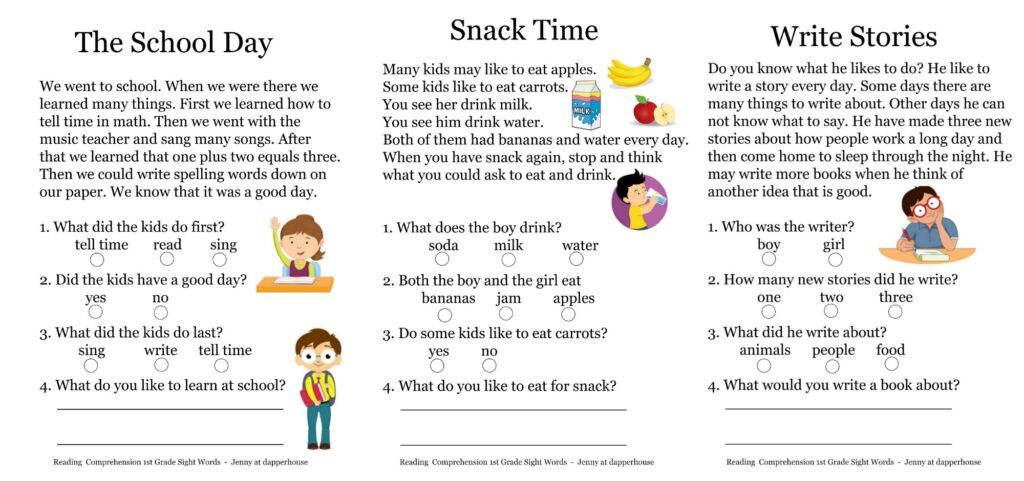
Hearing the words out loud helps many students gain a better understanding of what they are reading than they are able to get while reading in their head. Encourage your child to read aloud if he or she is struggling with a certain part of a book or a particular word.
Quickly skimming the headings of a book gives students a high-level overview of what they are reading. Your child can use the headings to quickly understand what the reading is about and the main points before he or she actually starts reading.
Revisiting the parts that were confusing for your child (or or that might simply need a quick refresher) can help your child gain a more complete picture of what he or she is learning. This also helps ensure your child is able to understand upcoming material in the text.
If your child has trouble keeping his or her place while reading, use a ruler or finger to make following along easier.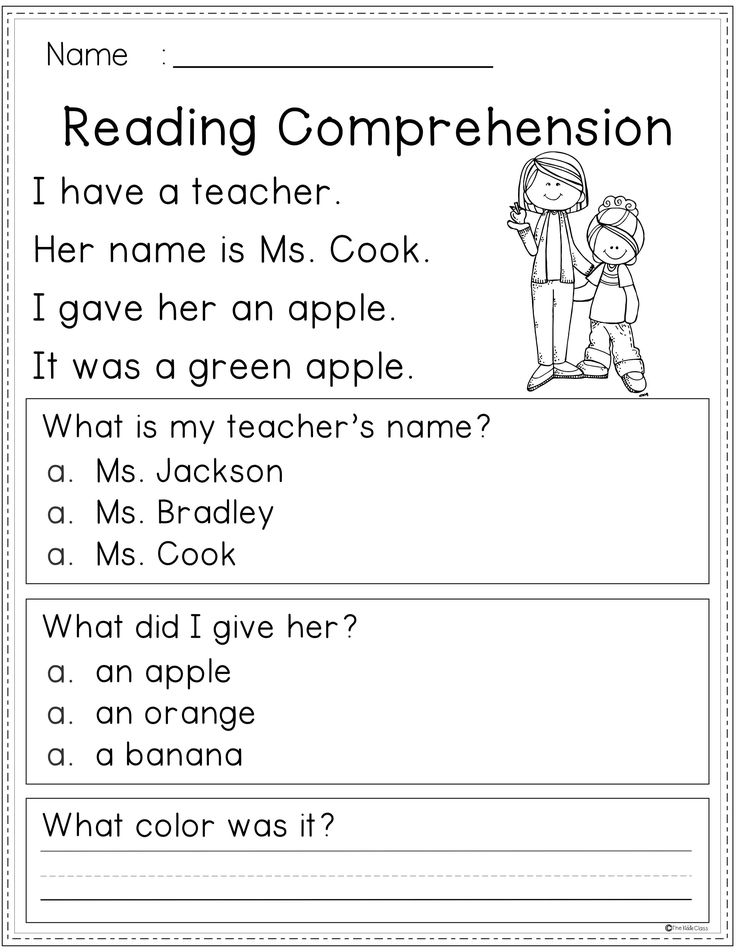 This trick can also help students who have dyslexia and struggle with separating lines of text and sentences while reading.
This trick can also help students who have dyslexia and struggle with separating lines of text and sentences while reading.
As your child makes his or her way through the reading material, have him or her write down unfamiliar words. Encourage your child to look these words up in a dictionary to learn what they mean. Then, find ways to use them in a sentence that your child makes up him or herself.
When your child has finished reading, talk about what he or she just read together. Ask your child what he or she learned and his or her thoughts. For longer reading materials, like novels for book reports, make discussion questions you and your child can talk about together after each reading session.
When talking about the material with your child, ask him or her to recap and summarize the main points. Explaining what your child learned in his or her own words helps ensure your child understands what was read.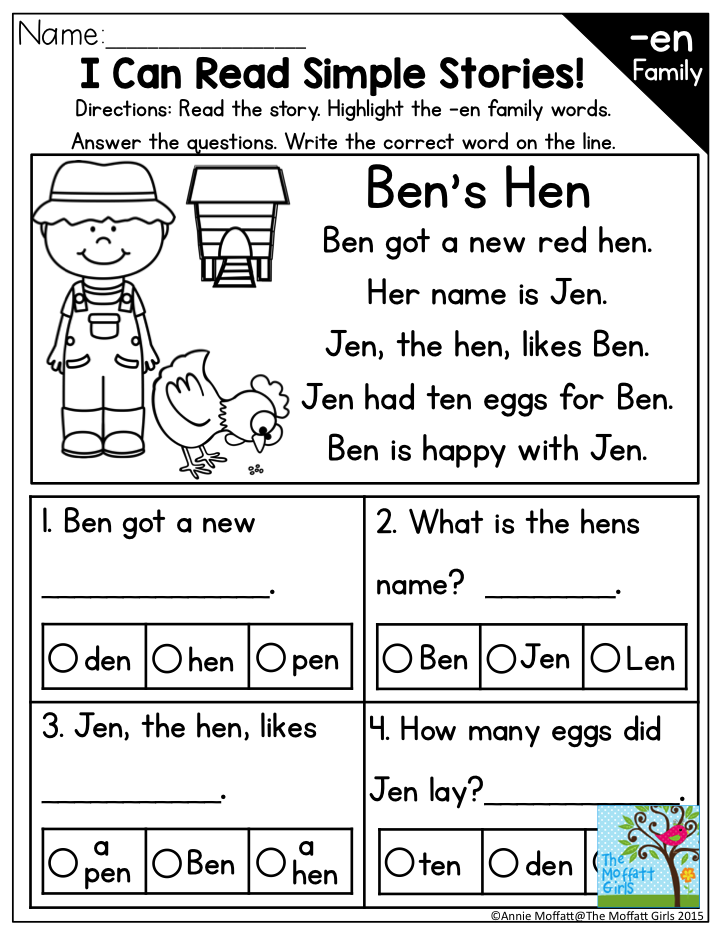 It also helps relate the material to what he or she already knows.
It also helps relate the material to what he or she already knows.
Have your child make notes about what he or she doesn’t understand while reading. When your child has a question, encourage him or her to pause and reflect on what he or she has read. If your child still has unanswered questions, have him or her take these to the teacher for extra help.
Some students just aren’t natural readers—they learn better when they see, hear, or write things. If your student struggles with reading, find a format that works better and incorporate that into reading sessions. This could include writing down the main points as he or she reads or visualizing the material by drawing what your child is reading (for older students, this could be a mind map).
If your child is struggling with reading on an ongoing basis, watch for red flags that he or she may have a reading difficulty.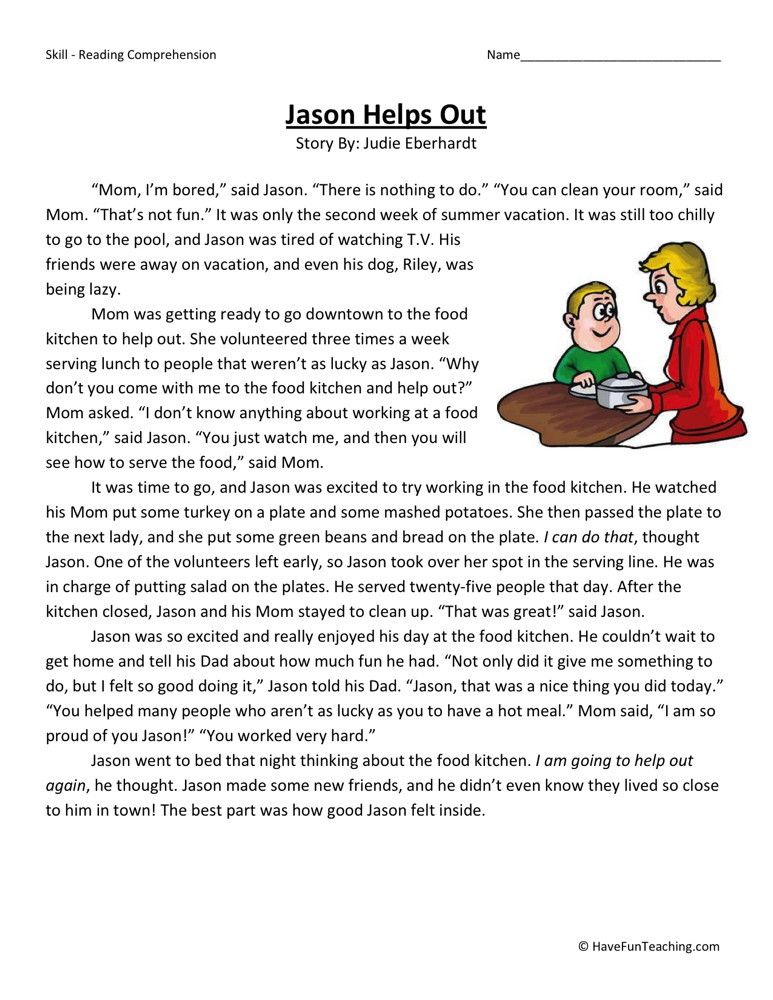 Dyslexia is relatively common, with up to 5 students in a classroom suffering from some form of this reading difficulty. If your child seems to struggle with reading without any improvement, it’s important to identify whether he or she has a reading problem so you can take steps to solve it.
Dyslexia is relatively common, with up to 5 students in a classroom suffering from some form of this reading difficulty. If your child seems to struggle with reading without any improvement, it’s important to identify whether he or she has a reading problem so you can take steps to solve it.
Improving your child’s reading skills and comprehension is something that you can do at home each day. For students who need an extra boost, a reading tutor can help improve these skills even more.
For more tips on how to help your child become a better reader, read our blog post on how to encourage good reading habits in kids.
If your child still needs help, the reading tutors at Oxford Learning can help! Find your nearest location and learn how we can help.
Find an Oxford Learning
® Location Near You!We Have Over 100 Centres Across Canada!
Contact A LocationHow to teach a child to understand and remember the read text?
You spend a lot of time helping your child learn to read.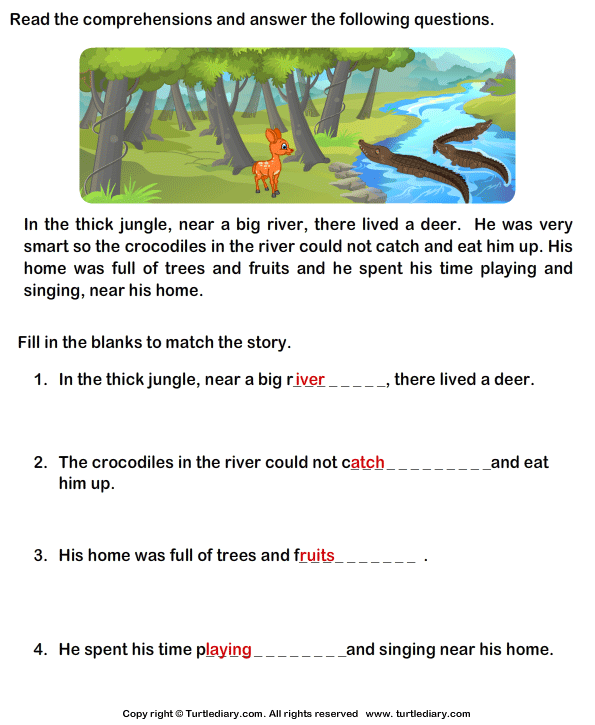 You try to be patient and not rush him. He reads and rereads the same paragraph, but he never “understands” it. Why is it so difficult for a child to understand what he reads?
You try to be patient and not rush him. He reads and rereads the same paragraph, but he never “understands” it. Why is it so difficult for a child to understand what he reads?
It's great that you support your child's reading endeavors. Your disappointment is understandable, you have spent a lot of time and effort on teaching your child, but at the same time you do not see much improvement. Rest assured, you have already done a lot just by showing your child how much you care about him. nine0003
The ability to make sense of sentences and paragraphs involves a complex combination of many skills and abilities. In order to provide a child with the right support in reading, it is necessary to understand the nature of his difficulties.
The process of decoding and word recognition
The process of decoding is the transformation of a graphic model of a word into an oral language form. The ability to match the written and sound designation of a word is an important step in learning to read.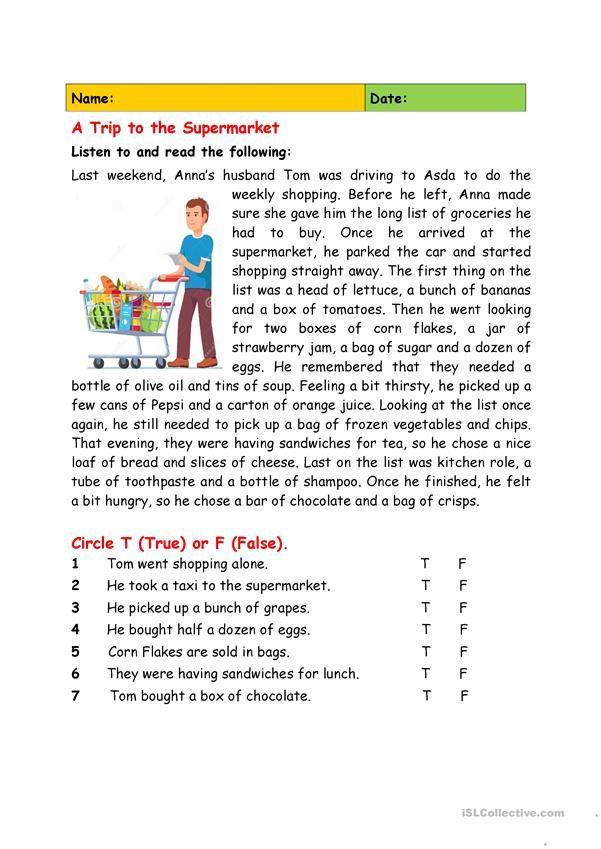 Decoding is the foundation on which all learning to read is built. nine0003
Decoding is the foundation on which all learning to read is built. nine0003
If your child gets lost in the decoding process, they will have difficulty reading comprehension. To develop your decoding skills at home, take classes in the new Fast ForWord Foundations correctional online program. Decoding is a very important process - the more words a child can automatically recognize at a glance (without having to pronounce each letter or syllable), the faster he will be able to read.
Reading fluency
Why does fluent reading matter? If a child reads each word syllable by syllable, it takes him a long time to read the whole sentence. This makes it difficult to memorize all the words in a sentence and understand how they fit together. nine0003
One way to learn to quickly recognize a word is to read it out loud several times. This is why reading the same passage repeatedly can help a child learn to read fluently.
Reading comprehension level
Even if your child is a good reader, they may be reading books that are well above their current level of comprehension. The most important thing is that the child can not only read the text, but also comprehend it. Sometimes teachers evaluate reading skills - how well a student can read and understand a text. These grades also reflect important information - whether the student needs help. nine0003
The most important thing is that the child can not only read the text, but also comprehend it. Sometimes teachers evaluate reading skills - how well a student can read and understand a text. These grades also reflect important information - whether the student needs help. nine0003
Talk to the teacher about your child's reading skills. You can ask the teacher to recommend books for home reading that are appropriate for your child's reading level. You can also choose books by yourself. For example, when choosing a book, ask your child to read a few pages and talk about what they just read. The book is suitable if the child really understands what they read.
Attention Concentration
Difficulty concentrating is another reason your child may have reading comprehension problems.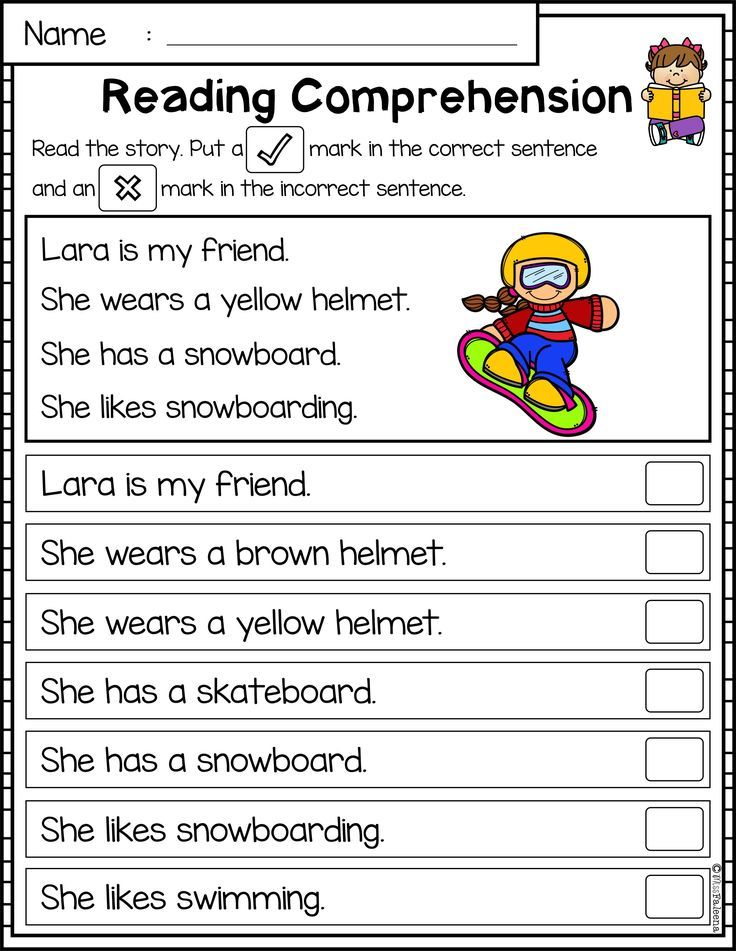 Reading comprehension also depends on the ability to ignore distractions. nine0003
Reading comprehension also depends on the ability to ignore distractions. nine0003
If your child has difficulty concentrating, it may be due to an executive function disorder, an auditory processing disorder, or ADD/ADHD. These impairments can affect his ability to understand and retain information in working memory.
You can help your child to reduce the load, for example, teach him to break reading tasks into small parts, take notes, highlight important information.
Comprehension skills and strategies
Reading is thinking. And the way we think is the basis for improving comprehension while reading. To improve text comprehension, sometimes we need to consciously stop while reading and analyze our ideas and thoughts related to what we have read.
You can teach your child to be an active reader. Encourage him to voice all his thoughts and doubts, ask questions as he reads, read aloud one paragraph at a time and discuss what he read. nine0007 Point out to him that experienced readers also monitor how well they understand what they are reading and reread confusing parts of the text.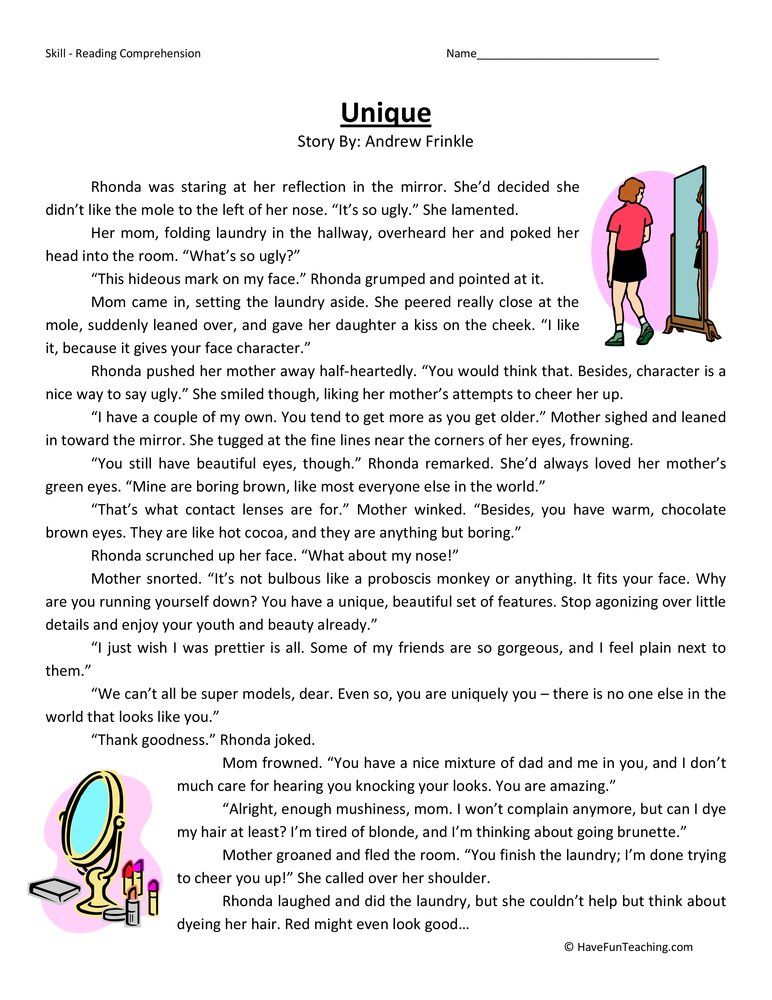 Learn to look for contextual clues around a sentence or phrase, such as pictures or words in adjacent sentences, can help your child understand the meaning of words they don't understand. Help your child learn these strategies by example.
Learn to look for contextual clues around a sentence or phrase, such as pictures or words in adjacent sentences, can help your child understand the meaning of words they don't understand. Help your child learn these strategies by example.
Additional support
Be sure to talk to your child's teacher about additional support at school. nine0003
Remember that your continued attention and encouragement will have a long-term positive impact on your child's education. Understanding your child's problems and applying the instructions above will help you improve your child's reading skills.
Do you want to quickly develop key reading skills: decoding, reading comprehension, extracting meaning from context, reading fluency, etc., as well as concentration, memory, information processing? Then you need classes according to the FAST FORWORD method! nine0003
Sign up for trial online classes in Fast ForWord right now.
Don't delay helping your child!
Source
SIGN UP
Useful article? Share with your friends!
How to teach a child to understand what they read
4817
“Your child reads quickly, but does not understand and cannot retell what exactly he has read” - such phrases are not uncommon at elementary school meetings.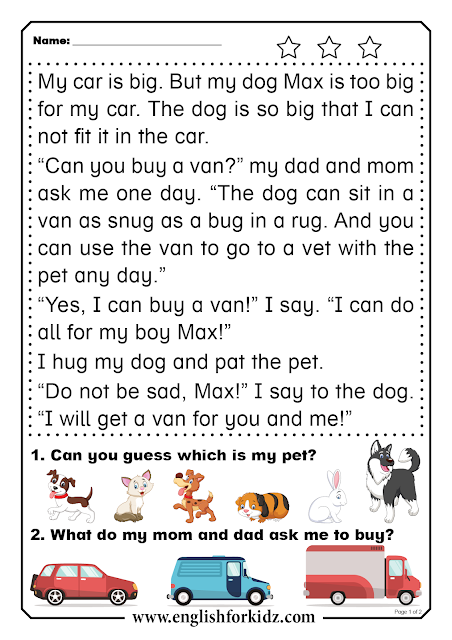 Parents are surprised: “The child is reading, how can he not understand what he read?” nine0092
Parents are surprised: “The child is reading, how can he not understand what he read?” nine0092
Reading is not just a mechanical transformation of letters into words, but also a way of receiving and processing information, its further retelling.
It is important to recognize as early as possible that the child does not understand what they read, while the volume of texts and tasks is not large. This is easy to do by asking questions about the text, for example, about a read fairy tale. Without answers to questions, the child himself may not pay attention to the fact that he does not understand the meaning of what he has read. nine0003
1. Load and fatigue. Modern schoolchildren live in a world of colossal workloads, a high pace of learning. Often, a child reads a phrase and distorts its meaning, because he wants to complete the task as quickly as possible in order to move on to the next one. The child tries to meet the expectations of an adult, he experiences tremendous stress, which leads to chronic fatigue and poor performance
2.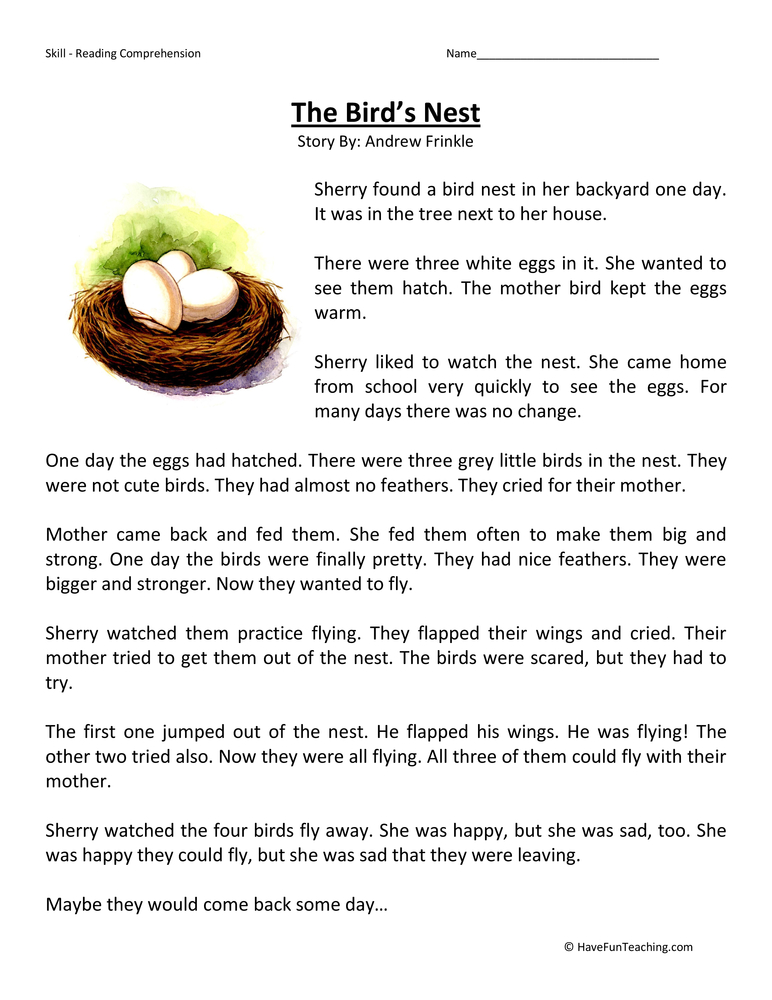 Automatic reading - the child chatters the text without delving into its meaning. Unfortunately, very often adults primarily pay attention to the speed of reading, and not to its quality. While the child is learning to read, do not chase speed - it is better to read more slowly, but thoughtfully. nine0007 3. Small vocabulary. A child can read a word, but not know its meaning and lose the meaning of the entire sentence or even text. Explain to the child that he can ask adults for incomprehensible or unfamiliar words.
Automatic reading - the child chatters the text without delving into its meaning. Unfortunately, very often adults primarily pay attention to the speed of reading, and not to its quality. While the child is learning to read, do not chase speed - it is better to read more slowly, but thoughtfully. nine0007 3. Small vocabulary. A child can read a word, but not know its meaning and lose the meaning of the entire sentence or even text. Explain to the child that he can ask adults for incomprehensible or unfamiliar words.
There are other factors that affect reading comprehension, but these are the main ones.
Games for the development of meaningful reading:
1. Puzzles of words, phrases and sentences. An adult writes a word on paper and cuts it into pieces, inviting the child to put together a “puzzle”, over time, the task becomes more complicated to sentences. nine0007 2. The word is lost: the adult reads the text and skips the words, the task of the child is to guess which words were “lost”.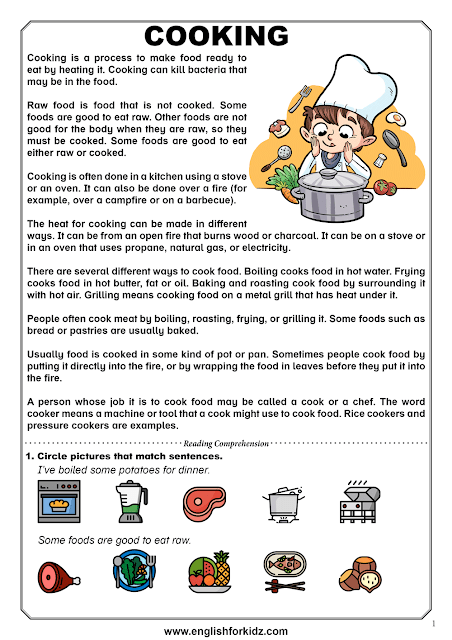
3. Vocabulary expansion games: we invite the child to list as many words as possible for a hidden letter. This game is great because you can play it on the way to kindergarten or school or anywhere, because. it does not require any materials and preparation.
4. Children's Scrabble: word building game in children's format, expands the child's vocabulary
5. Scrabble: from simple words to complex ones. Playing with an adult, the child not only expands vocabulary, but also improves spelling.
6. Theater based on a fairy tale read: an adult will need props, you can use ordinary toys or buy a ready-made puppet set for a certain fairy tale. The task of the child is to read the fairy tale and try to reproduce it together with the adult with the help of dolls.
What to do if the child does not understand what they read?
nine0002 To begin with, the parent must clearly understand that the child is having a hard time, he does not create problems on purpose, he needs help, and adult dissatisfaction will only worsen the situation.
1. Make sure your child knows all the letters of the alphabet with confidence. Not according to the alphabet or cubes, but according to the text, where there are no pictures that can tell.
2. Do not push the child, no matter how slowly he reads. On the contrary, you can stop the child and ask him clarifying questions, especially about words and phrases that caused difficulty reading. nine0007 3. After reading the text, be sure to discuss what you read, ask questions to make sure that the child understands what he read.
4. When memorizing verses, also check whether the child understands their meaning. Explain unfamiliar words if necessary.
5. Let the child read as they like: underlining the line of text with a ruler, sheet or finger. The problem that parents do not attach importance to: the line. A child can simply get lost and confused in the abundance of text, so it is important to underline the readable line. nine0007 6. Offer your child books with large text, short phrases, and an interesting plot.
